This post is about learning to photograph buildings (including a Mind Map). In our travels I am always looking at buildings and consequently I take photos of them. So I am trying to improve how I photograph buildings.
Photography goals
Our travel photos need to support our self-published travel ebooks, our website blogs and travel albums, and social media activities. Our longer term/stretch goal is to self-publish coffee table quality travel books.
Learning photography
2014 was going to be my year of learning photography. However, not only did life intervene with a serious family illness, a bicycle accident and planned travel, but my approach to learning photography left me confused and somewhat overwhelmed. Much of what I read indicated that I must ditch automatic mode and venture into other modes (e.g. aperture) to really move forward. But I couldn’t seem to do it – there were too many settings to remember in too many situations; when the “rubber hit the road” I always found myself using automatic. My approach was very theoretical and it didn’t work, so this year I am going to take a more practical approach.
Back a step: In 2011 I bought a Nikon D3100 body and a Tamron 18-270 mm F/3.5-6.3 lens (here’s another owner’s view of the lens). This was on the recommendation of the instructor at a weekend photography course; he said it would get me started and he was correct. It serves my purposes pretty well. However when we travelled from Istanbul to London via Bucharest, Budapest, Salzburg and Paris, I was confronted with all these wonderful buildings which I couldn’t fit in the frame. So I decided to buy a wide angle lens and settled on a Tamron SP 10-24 1:3.5-4.5 lens and it’s good; but in a sense it has added to the complexity. Subsequently I have added a monopod and a quick release head plate to my equipment, and I am awaiting delivery of a clutch camera hand strap.
I don’t think I can blame my equipment.
Adopting a practical approach
We are planning a 2016 trip to Europe and the UK; at this stage we think Athens and Prague will be the cities we visit. This means more wonderful architecture and I want to be prepared. Also, my brother-in-law is into model steam trains and I want to write an ebook about his exploits, so I need some good photos of his model train in action. Of course there are always landscapes. So I am going to take it slowly and progress from architecture, to moving things, to landscapes using modes other than automatic.
This year we plan to drive up the Queensland coast to Cairns and this will provide me with plenty of architectural challenges (especially Maryborough) in preparation for Athens and Prague.
Research into Building Photography
This post is about learning to photograph buildings, and I will present my findings in four parts: first, the equipment required; secondly a summary of the techniques required; the references used; and a Mind Map summary (see below).
So what did my research reveal?
The most striking aspect is the level of pre-processing that is recommended; and the potential this brings for adding alternative partial shots of the building, and detail shots of stand-out features.
What equipment is recommended?
The bottom line is that a wide angle lens is pretty much essential – this means a DSLR or Mirrorless camera as a minimum. In addition the camera has to be still and the lens needs to capture enough light – so a tripod or monopod is recommended. The obvious point – that the better the camera the better the result – is also made.
Other suggested accessories include a quick release head for the tripod/monopod; a remote shutter release; and a hotshoe spirit level.
I am satisfied that I have the necessary equipment to have a go at improving my architectural photography.
What techniques are recommended?
The recommended techniques relate to the following areas: preparation, study the building, composition and camera settings.
Preparation
You can get a head start by identifying the important buildings in a city before you leave home. For example, if you are visiting Prague then searching the Internet (e.g. to find city guides) or searching Google (including Google+ and Maps), Flickr or Instagram for architectural photos could help identify buildings you want to photograph. This may assist in determining the time of day to visit, any special features and possible composition.
Study the building
Key questions to ask as you study the building are:
- Why do you want to photograph the building? What intrigues you? How will you capture this aspect?
- What is your focus going to be?
- Are there any structural lines that will lead the viewer’s eye to this focus?
- Can the context be used to effect?
- Is there any detail to be highlighted?
- Is the building symmetrical?
- Is there any scaffolding? Are there too many people?
I am slowly learning to be aware of people – it has been costly. I thought I had taken a very good photo of the Great Market Hall in Budapest, only to find out later there was a fellow who had just lit a cigarette right in the front. He became very prominent after cropping the photo and impossible to remove in post processing. I am sure that avoiding such problems improves with experience.
Composition
Contemplating the answers to the questions above, will help you form a view about the composition and perspective of any photographs you will take. Of course the “Rule of Thirds” will be a prime consideration and a starting point. So will the photograph be a full view, or a partial side-on view, or will it focus on some outstanding features? Maybe multiple photos will need to be taken. As always the need to be different and creative, and not staid in your choice is emphasised.
Camera settings
Once the composition has been decided the camera settings can be considered. Interestingly, camera settings did not feature highly in the research that I did. The aspects related to preparation, study the building, and composition were more prominent. Camera settings is one area I struggle with consistently.
The research indicates:
- Use aperture priority mode with a f14 or f16 setting
- Focus on the important aspect of the building – use manual focus
- Use a low ISO 100 or 200
- Engage the camera’s white balance function if available
- Capture RAW and JPEG files (if possible)
That is quite clear. I need to investigate how to use the white balance function on my camera and assess its impact.
References
http://www.roeosbornphoto.com/tips.html
http://digital-photography-school.com/photographing-buildings-composition-tips/
http://www.geofflawrence.com/photographing_buildings.html
http://digital-photography-school.com/architecture-photographers-on-holiday-part-1/
http://www.wikihow.com/Take-Photos-of-Buildings
Cheatsheet
http://www.digitalcameraworld.com/2012/07/05/free-architecture-photography-cheat-sheet/
Mind Map Download
Visits: 1266

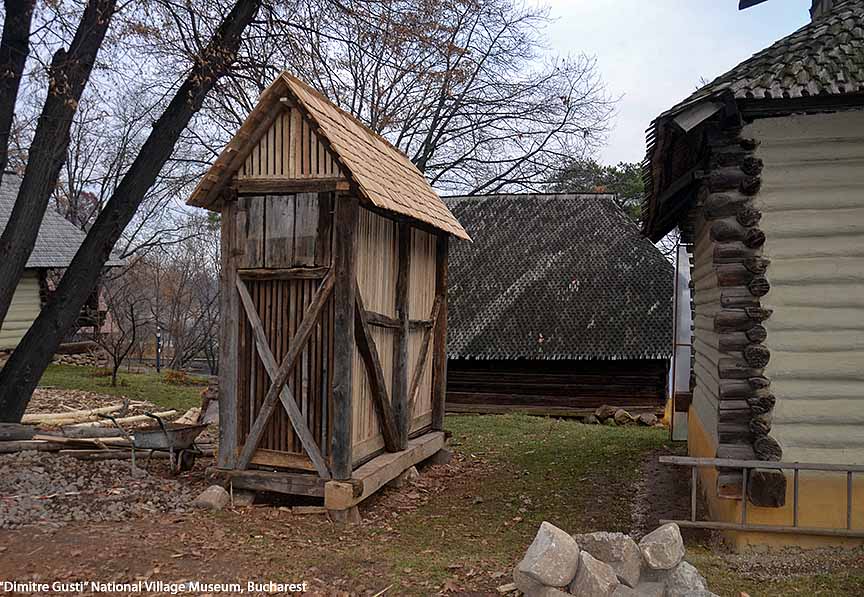
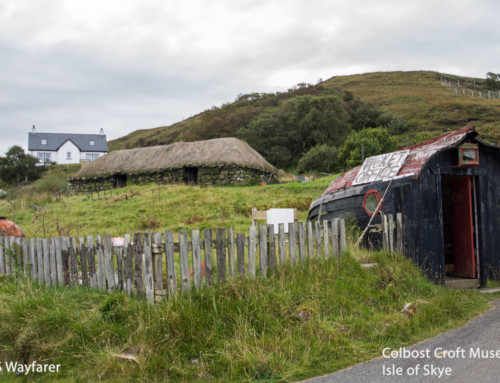
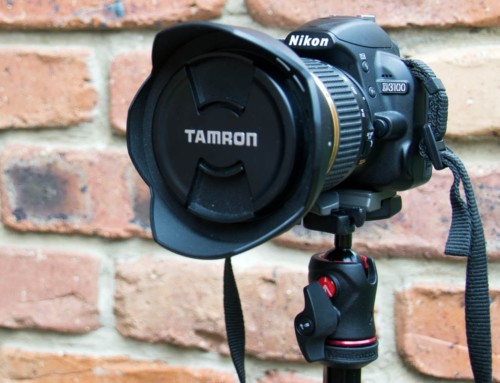
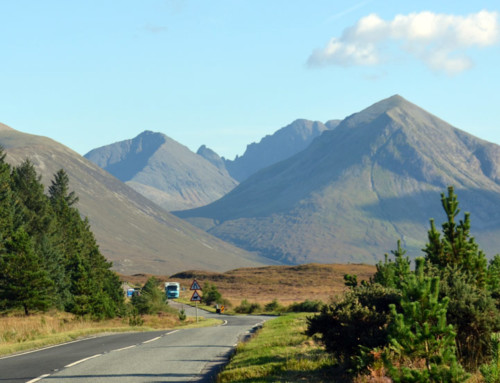
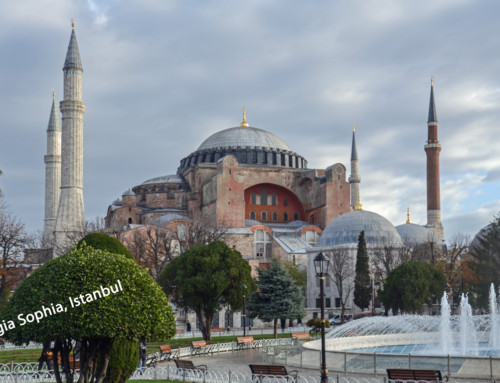

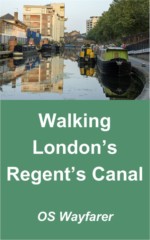
Leave A Comment